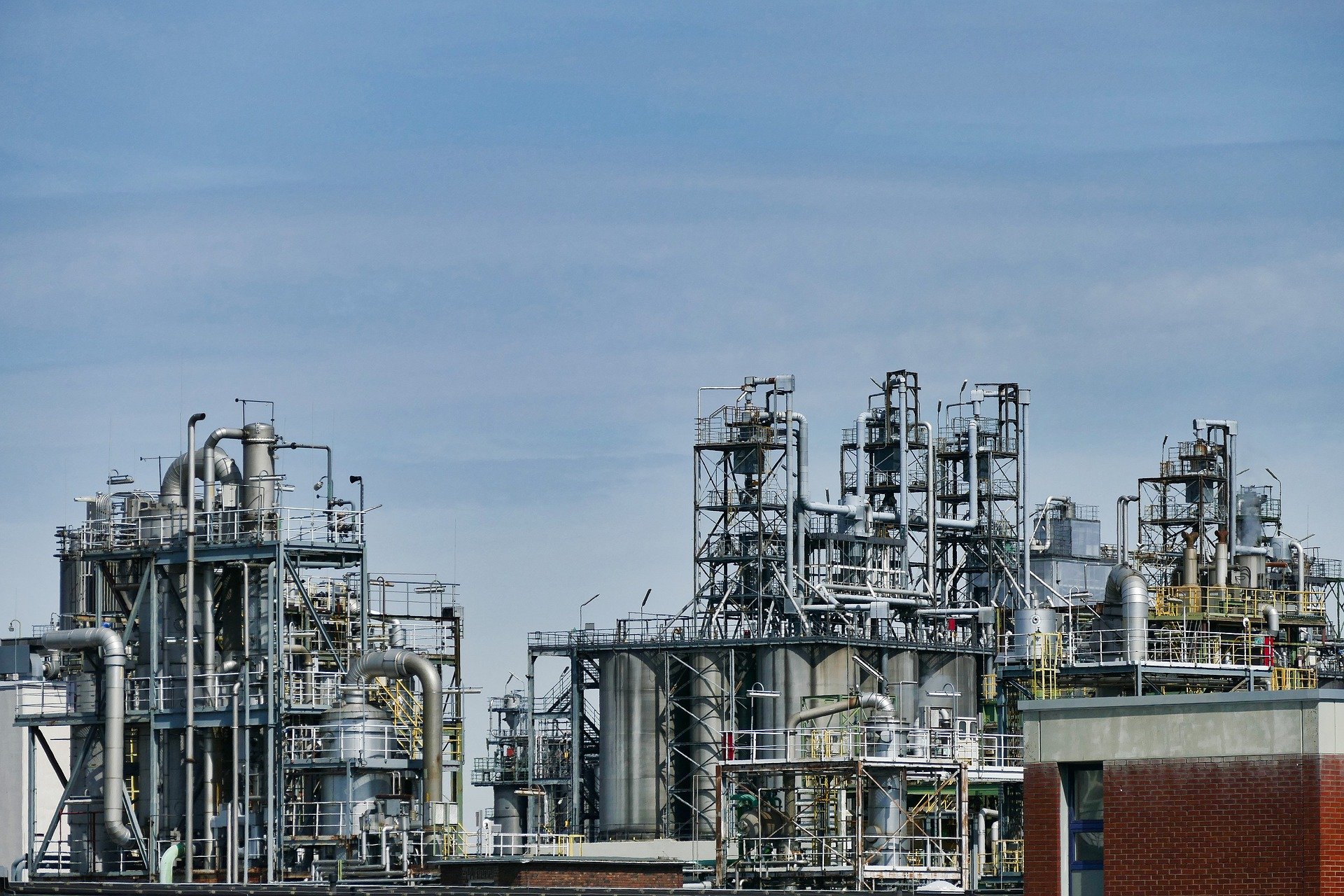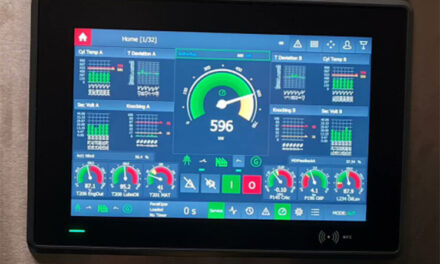By Emily Newton, Editor-in-Chief at Revolutionized
The chemical processing sector is one of many that has embraced the Internet of Things (IoT) to collect process data, achieve better awareness of a facility’s happenings, and more. Some types of chemical processing technology can also boost a company’s bottom line by warning of impending machine failures or other abnormalities before they disrupt operations.
Here’s a closer look at how companies can optimise chemical processing with Industrial Internet of Things (IIoT) technologies.
Improving Safety
Chemical processing plants can be dangerous places. That’s why employees need specialised training to work in them safety. Additionally, overall risks can go down when facility managers measure and analyse the risks. The IIoT can make it easier to see where issues exist and respond accordingly.
Zarir Langrana, executive director and president of Tata Chemicals’ global chemicals business division, says the company has nearly 2,000 logged safety incidents per day. Those could include near-misses as well as accidents or unsafe behaviors.
Langrana explained, “The team then uses analytics to analyse these and look at the top risks that are emerging out of the data. So, in a sense, it gave us predictability, help[ed] us take actions, and lessen[ed] the chances of such incidents happening.”
Langrana also gave another example that minimises the need for lone workers. One of its facilities includes 36,000 acres of desolately located saltworks. An intricate pumping system moves seawater between different areas. This task initially occurred manually once technicians assessed the salt composition at various times and places.
However, the responsibility now gets handled via remotely activated pumps that respond to salt composition data collected by satellite. This change ensures the pumps operate safely with less intervention.
Enhancing Operational Planning
Keeping a chemical processing plant running smoothly means anticipating the impact of future needs. For example, Texmark Chemicals embarked on a multistage IoT effort lasting several years. One of the many goals of that endeavour was to reduce the time spent on physical checks.
Company leaders previously spent nearly 1000 hours annually inspecting the facility’s 130 pumps and carrying out vibration analysis. However, the company now uses the IIoT to collect real-time process data. It doesn’t replace all human checks, but it catches things people may miss.
Connected equipment can also improve processes. For example, valve positioners mount on actuators and increase or reduce the air pressure so the valve stays in the right position. However, many of today’s models also collect diagnostic data and track valve metrics. People can also determine how often the valve stays in three positions, whether closed, open, or nearly open. That data allows setting and measuring key performance indicators (KPIs).
Texmark’s upgrades aim to reduce instances of taking equipment offline for maintenance. That’s necessary when working on distillation columns, for example. Company leaders must erect scaffolding as part of the process. However, estimates suggest that using the IIoT could halve associated costs, creating more awareness about when upkeep should ideally happen.
Outside of Texmark specifically, data from the U.S. Department of Energy suggests a potential 30%-40% reduction in costs by using real-time data to shape maintenance decisions. That’s because it enables earlier responsiveness than a purely reactive strategy does.
Automating the Distribution of Speciality Chemicals
Chemical processing professionals often use specialised additives to achieve certain goals. For example, oilfield companies rely on them to neutralize poisons and other harmful by-products or mitigate corrosion.
The historical method of using these chemicals involves technicians travelling to fields and altering pump set-points based on previously collected data. That approach has its shortcomings, though. A study by Pumps & Systems showed that four in five oilfield pumps were undertreated with the required chemicals for at least a day. Some had severe deficiencies. However, advancements in chemical processing technology allow the IoT to play a substantial role.
More specifically, automating when pumps receive more chemicals and how much they get can happen with the IIoT. Smart sensors can make virtually instantaneous adjustments, and technicians can make remote tweaks instead of travelling to a location. Then, they have more time to focus on other tasks.
This approach could also help people get accurate measurements on how much of a particular additive gets used per month or across another period. Then, it’s easier to replenish supplies at appropriate intervals rather than risking running out or purchasing a surplus.
Raising Plant Visibility
Many manufacturing IoT projects require using several connected and smart technologies to help a company achieve its goals. Leaders at BASF wanted better visibility across its locations. BASF’s Ludwigshafen location encompasses more than 10 square kilometers, earning the distinction of the world’s largest integrated chemical processing plant.
The company already uses mounted IoT sensors to gather data about critical processes. However, the organisation took things to the next level by using a walking robot called ANYmal. The machine moves across flat surfaces and can climb stairs. BASF representatives used digital twin data to familiarise the robot with the expansive facility before its official deployment. This approach reportedly sped up on-site commissioning and created a scalable option that would work at other BASF plants.
Once employees let the robot roam the plant, it completed tasks such as taking acoustic readings from compressors and pumps and using a built-in thermal camera to check for environmental hot spots. This IIoT application supplemented static sensors, helping company leaders have even more real-time awareness.
Facilitating Team Communications
The process data collected by the IIoT can also ensure all relevant parties have the most recent information before starting their shifts. That benefit lessens possible misunderstandings.
Covestro, which produces polyurethane and polycarbonate-based raw materials, relied on manufacturing IoT solutions to gather production data and make shift handovers more efficient. The brand has 30 production sites globally and embraces a digital process. That choice gave the relevant employees all available details immediately to help them during shift changes. Then, they had the information necessary to work safely and productively.
Many solutions also allow managers to see process data within cloud-based platforms. They can then make comparisons related to performance associated with specific machines, teams, or substances processed, for example.
Some manufacturing IoT products used with workers allow teams to get advice about problems and questions with the help of virtual sessions. The participants could wear pairs of smart glasses, allowing one person to see the situation from the perspective of another, even from hundreds or thousands of miles away.
That setup assists with situations that may require a seasoned employee to mentor a new hire or them through complex processes. It could also enable remote inspections, especially while COVID-19 requires following social distancing protocols.
Chemical Processing Technology Raises Manufacturing Potential
This overview highlights why the IIoT can be so valuable for chemical processing companies. Even when brands initially invest in a few options and scale up as their budgets allow, such decisions can pay off.



